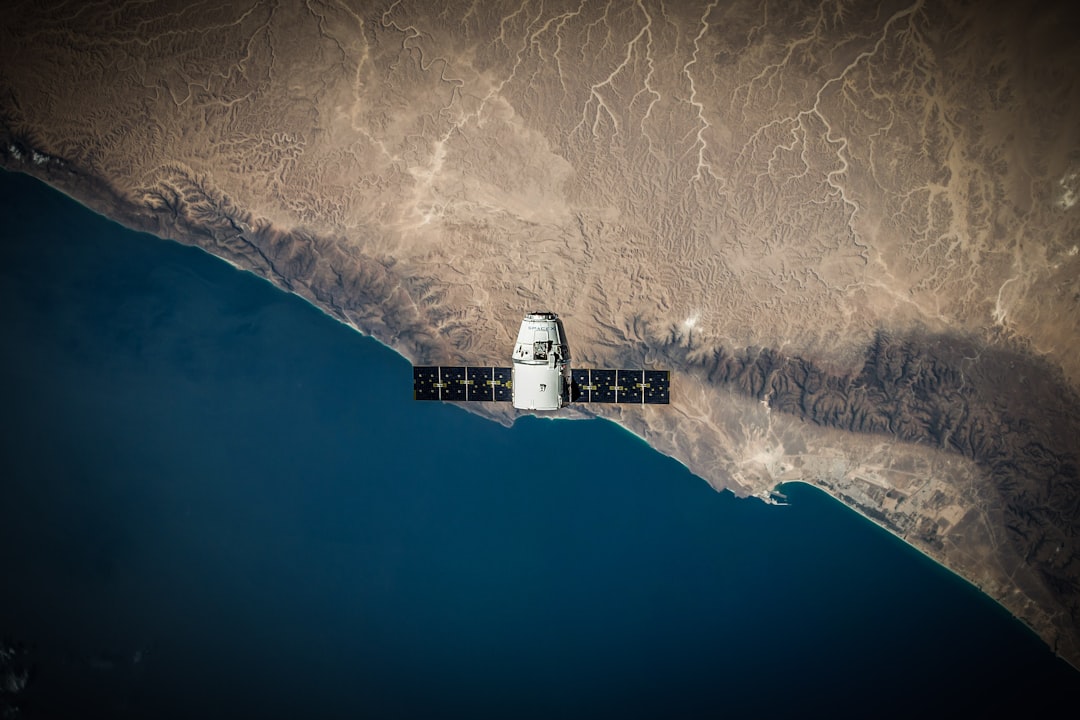Summary: Google has unveiled an ambitious research initiative called Project Suncatcher, aiming to create AI data centers in space by deploying solar-powered satellites equipped with AI chips. This innovative approach seeks to overcome Earth’s energy constraints by harnessing near-continuous solar power in orbit, potentially revolutionizing how AI compute scales while addressing environmental concerns. Although significant technical and logistical challenges remain, Google plans to launch prototype satellites by 2027 to test this groundbreaking concept.
Project Suncatcher: AI Data Centers Beyond Earth
Google is exploring a visionary solution to the growing energy demands of AI data centers on Earth: placing AI chips into space aboard solar-powered satellites. Announced as a “moonshot” research project called Project Suncatcher, this initiative aims to transform constellations of satellites into fully functional data centers orbiting the planet.
Harnessing Solar Power in Space
The core idea behind Project Suncatcher is to leverage the near-unlimited, clean energy available in space. Unlike Earth-based solar panels, satellites equipped with solar arrays can generate electricity almost continuously, making them potentially eight times more productive. This constant power supply could enable Google to pursue its AI ambitions without the environmental and financial drawbacks linked to terrestrial data centers, such as increased emissions and soaring electricity costs.
Travis Beals, Google’s senior director for Paradigms of Intelligence, expressed optimism in a recent blog post, stating, “In the future, space may be the best place to scale AI compute.” Alongside the blog, Google published a preprint paper detailing progress on this project; however, it has yet to undergo academic peer review.
Technical Challenges and Innovations
Turning this vision into reality involves overcoming several significant hurdles. Google plans to deploy its Tensor Processing Units (TPUs) on satellites outfitted with solar panels, but ensuring efficient communication between satellites is critical. To match or exceed the performance of Earth-based data centers, inter-satellite links must support data rates of tens of terabits per second.
Achieving such high-speed communication requires satellites to fly in tight formations, possibly within kilometers or less of each other—much closer than current satellite constellations operate. This proximity raises concerns about space debris and collision risks, which are already growing challenges in orbit.
Additionally, the TPUs must withstand the harsh radiation environment of space. Google has tested its Trillium TPUs for radiation tolerance, confirming they can survive a total ionizing dose equivalent to a five-year mission without permanent failures.
Cost and Future Plans
Currently, launching TPUs into space is expensive. However, Google’s cost analysis suggests that by the mid-2030s, the expenses associated with operating a space-based data center could become roughly comparable to the energy costs of an equivalent Earth-based facility on a per-kilowatt per year basis.
To advance this project, Google is collaborating with the satellite company Planet to launch prototype satellites by 2027. These missions will test the hardware’s performance in orbit and help refine the technology needed for scalable space-based AI compute.
